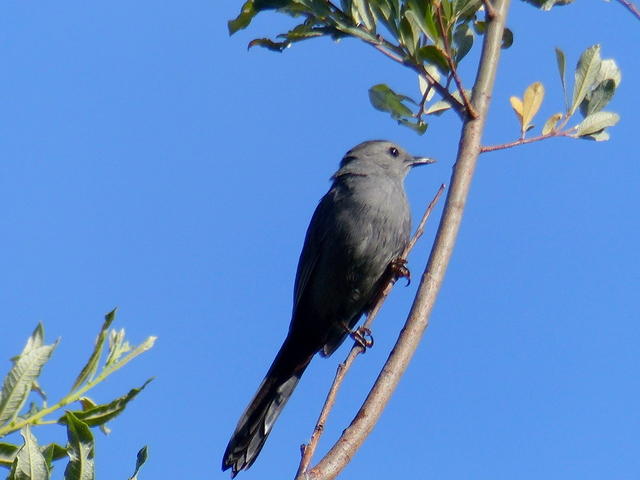
If you’re a new birder looking to see something different, something rare and beautiful, it’s not always easy to get the skinny on where to go. You can always traipse around in the woods for hours (never a bad idea), or you could subscribe to one of the many email listservs that feed the most up-to-date knowledge about local birds right to your inbox.
On the listservs, the email threads are passionate and informative, and you can count on them to let you know that something impossible like a Red-necked Stint has suddenly popped up in the San Francisco Bay Area.
While the listservs are old hat to experienced birders, they’re still something of a legend to newer enthusiasts. “I think I may have read something about it once,” says 27-year-old Jeffrey Mann, who runs the humorous website Because Birds.
Listservs are a form of electronic mailing list that rose to popularity in the late ‘90s. They offer a functional way for people to have group discussions within a specific area or community in a way similar to internet forums. Groups created for neighborhoods were popular so neighbors could alert one another about anything from package theft to community events.
For birders, they provide a way to communicate bird sightings to one another quickly and efficiently. And while listservs have ceded to the technological innovations of social media for other communities, birders seem to cling to them.
This should be a surprise, after all. For years, birder held fast to the voicemail boxes that used to document and share rare bird sightings (and it is rumored that a few of these still exist).
Some may assume that listservs are just a comfort zone for older birders who don’t want to learn the new technology that comes with apps and smartphones, but many of the people using the email groups actually use eBird and Facebook groups as well.
As Kerry Wilcox, the waterbird program manager at the Richardson Bay Audubon Center & Sanctuary says, “The listservs allow for commentary and more nuance. It’s more discussion – It’s not just reporting presence and absence like eBird is.”
Steve Sosensky, the list owner of the Yahoo! Groups CALBIRDS and LaCoBirds, agrees, and adds that it allows for detail that eBird just doesn’t have.
“When I’m out birding for the day, email is the only way that makes sense,” he says. Through the listservs, you can describe more accurately where you saw the bird and give a more precise time, and it’s very accessible.”
The Sialia Birding Lists Digest drives this one step further, as it aggregates nearly all of the birding listservs in the U.S., channeling all of the listings to one website. Through this you can check whichever regions you want, and it’s easy to see the latest updates from regions you may be traveling in without having to actually subscribe to the email threads. For instance, at a glance on July 25, people saw 10 Brown Boobies in San Diego, a Black-Chinned Hummingbird in Longmont, Colorado, and a Yellow-crowned Night Heron in Warwick, Rhode Island.
It seems like Facebook groups could potentially take the place of listservs, and Sosensky thinks they’re great for discussion. But he does have one grievance with them: “To see what’s on Facebook, you have to be proactive, rather than reactive.”
The aspect he likes about emails is that when he’s out birding, he doesn’t have to go digging in the group to see what the latest updates are. He knows they’ll just come to his phone.
“Facebook just isn’t quite as convenient for when you need immediate updates, and a lot of the activity in Facebook groups happens well after a sighting,” he says.
The one thing that has caught Sosensky’s attention as something that could potentially rival the listservs is GroupMe, an app designed for efficient group messaging. He says that San Diego County uses it for really important sightings, though he hasn’t seen it used by other groups of birders. It’s convenient because you can get notifications either through push notifications or SMS, and it’s even more instantaneous than email.
The listservs have slowed with the rise of eBird and Facebook groups, among other platforms, but when it comes down to it, listservs are still one of the most efficient ways for birders to get and share information while in the field.
By Elise Chen
Monthly Giving
Our monthly giving program offers the peace of mind that you’re doing your part every day.




